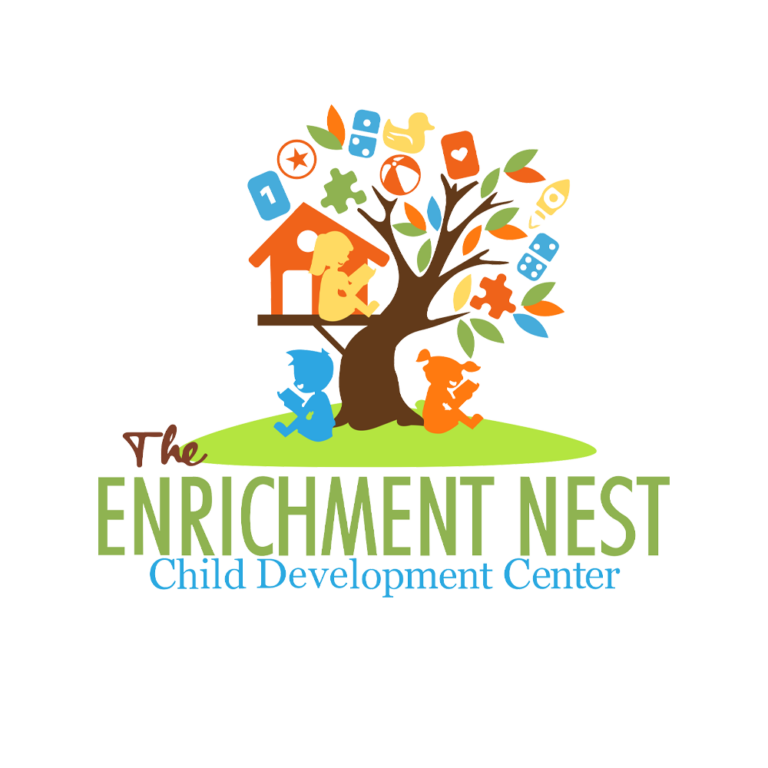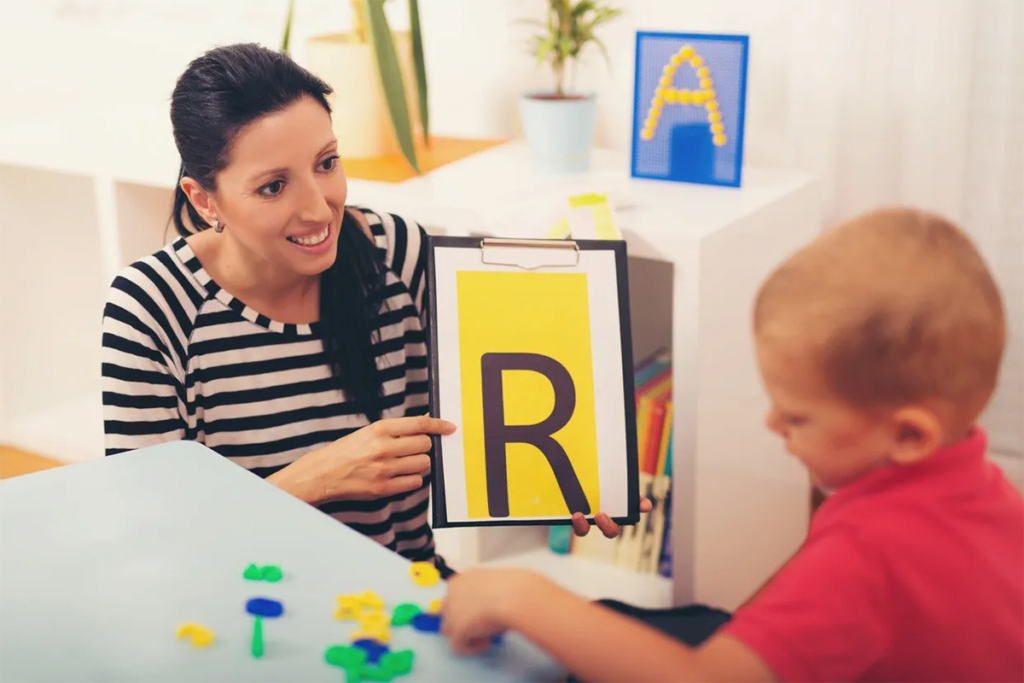As parents and educators, we often underestimate the potential of young minds when it comes to literacy. However, research suggests that laying the foundation for reading and writing begins far earlier than we might imagine. Teaching phonics, the relationship between letters and sounds, to children as young as 2-3 years old can significantly impact their literacy development. Here are five clear examples of how to teach phonics to this age group and the remarkable benefits it offers:
1. Singing ABCs and Rhymes:
Introduce the alphabet through catchy songs and rhymes. Encourage children to sing along, emphasizing the sounds of each letter. This not only familiarizes them with letter names but also helps them understand the connection between letters and sounds. Through repetition, children start recognizing patterns, laying a strong phonemic awareness foundation.
Benefit: Singing engages children’s auditory senses, making learning enjoyable and memorable. It promotes phonological awareness, a crucial skill for reading readiness.
2. Letter Sound Games:
Incorporate playful activities that associate letters with their sounds. Use toys or flashcards with pictures of objects starting with different letters. Encourage children to identify the initial sound of each object. For instance, show a picture of a cat and ask, “What sound does ‘cat’ start with?”
Benefit: Interactive games make learning interactive and stimulate cognitive development. Children learn to discriminate sounds, enhancing their phonemic awareness and pre-reading skills.
3. Storytime with Phonics Books:
Choose age-appropriate phonics books featuring repetitive phrases and simple vocabulary. Point to letters as you read aloud, emphasizing their sounds. Encourage children to mimic the sounds and participate in storytelling by completing rhymes or predicting words.
Benefit: Reading phonics books enhances vocabulary acquisition and comprehension. It reinforces letter-sound correspondence in context, fostering early reading skills and a love for books.
4. Sensory Letter Play:
Create multisensory experiences by incorporating tactile activities into phonics lessons. Use materials like sandpaper letters or magnetic alphabet tiles. Allow children to trace the shapes of letters while saying their corresponding sounds aloud.
Benefit: Sensory play engages multiple senses, reinforcing learning and memory retention. It strengthens letter recognition and phonemic awareness through hands-on exploration.
5. Daily Letter Hunt:
Turn everyday experiences into opportunities for phonics learning. Go on letter hunts around the house or during outdoor walks. Encourage children to spot and name letters they see on signs, packaging, or environmental print .As a motivator while house hunting for letters you may attach a reward to the letter such as a small toy or healthy snack and then pronounce the letter with child.
Benefit: Letter hunts promote letter-sound association in real-world contexts, enhancing children’s literacy skills beyond structured lessons. It fosters observational skills and reinforces letter recognition in various settings.
In conclusion, teaching phonics to children aged 2-3 lays a solid foundation for their literacy journey. By engaging in playful activities, reading phonics books, and incorporating multisensory experiences, we empower young learners to decode words and become confident readers. Investing in phonics education at this early age not only cultivates essential pre-reading skills but also nurtures a lifelong passion for learning. So let’s embark on this journey of literacy together, unlocking the potential of every young mind through the power of phonics. The Enrichment Nest has performed the following research to assist you with teaching your child phonetics in the comfort of your home, please click on the link below that will lead you to a series of short videos that you can engage with to give your child that leading edge.






